All You Need To Know About Plastic Fabrication

Plastic fabrication is the process of manufacturing, designing and assembling of acrylic and other thermoplastic products through specific methods. There are several manufacturers who chose to work with plastics rather than using metals or glass. This is because plastic or Perspex fabrication provides a lot of advantages for different applications. Its flexibility and cost-effectiveness have made it favourite among people who utilise it in different fields such as for industrial fabrication processes, building tanks & containers, and even making various household items.
Knowing Your Plastic Fabricator
Fabrication on plastics requires a high degree of knowledge. Make clear, when you deal with a plastic fabrication company, your requirements and the purpose. When you choose a business, make sure it has worked for a long time in the past and has been able to provide a satisfactory service. The best plastic fabrication service providers have all kinds of latest equipment necessary for dealing with challenging jobs that they are often entrusted with in the form of new projects. You can check the reputation of a company by going through testimonials posted on their business site.
Various Processes Of Plastic Fabrications
Welding – Plastic welding too requires heat to melt, just like the process of metal welding. The difference is – for plastics, the heat is not so intense like that in the case of metals. Welding on plastic is done when they are not suitable for adhesive binding. It includes fusing of a filler with the individual pieces, especially if the plastics have different melting points. Welding on plastics is done with the process of hot gas emission, high-frequency oscillation, or simply by typical welding.
Compounding – Compounding is similar to blending of two plastic materials to form into a single piece. The process of compounding includes mixing of molten plastics with a specific item and forming them into a mould using tools required for shaping. Compounding is generally used when there is a need to enhance the performance of a product.
Lamination – As with other products, lamination here also means to provide an exterior protection for improving durability, styling and quality. Lamination reduces the maintenance costs of a product. The two most common types of lamination materials are resin and film. Heat and pressure are applied to fix the material on the plastic. Film lamination is best to provide an outer protection to a product, while a resin lamination is used between a pair of substrates as an adhesive layer.
All these processes open up various designing options to suit different plastic fabrication needs of different companies or individuals.
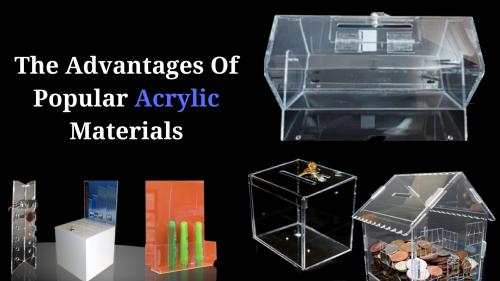
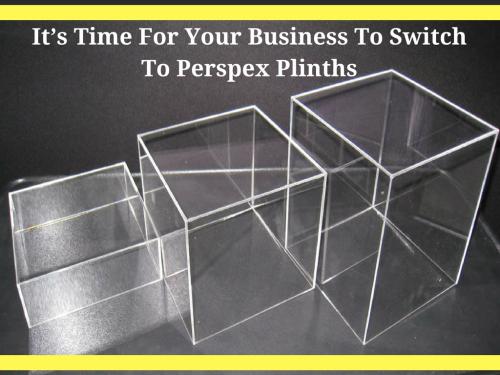

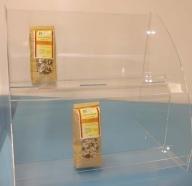


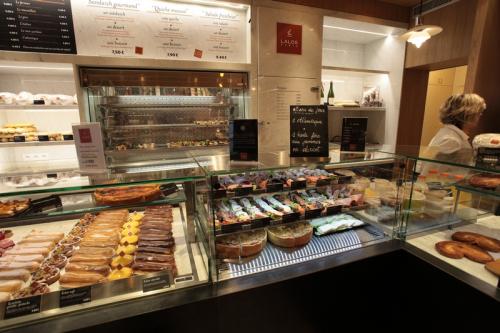
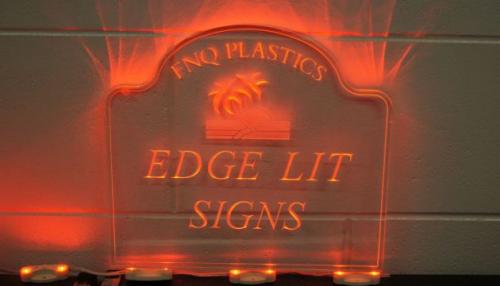

Comments